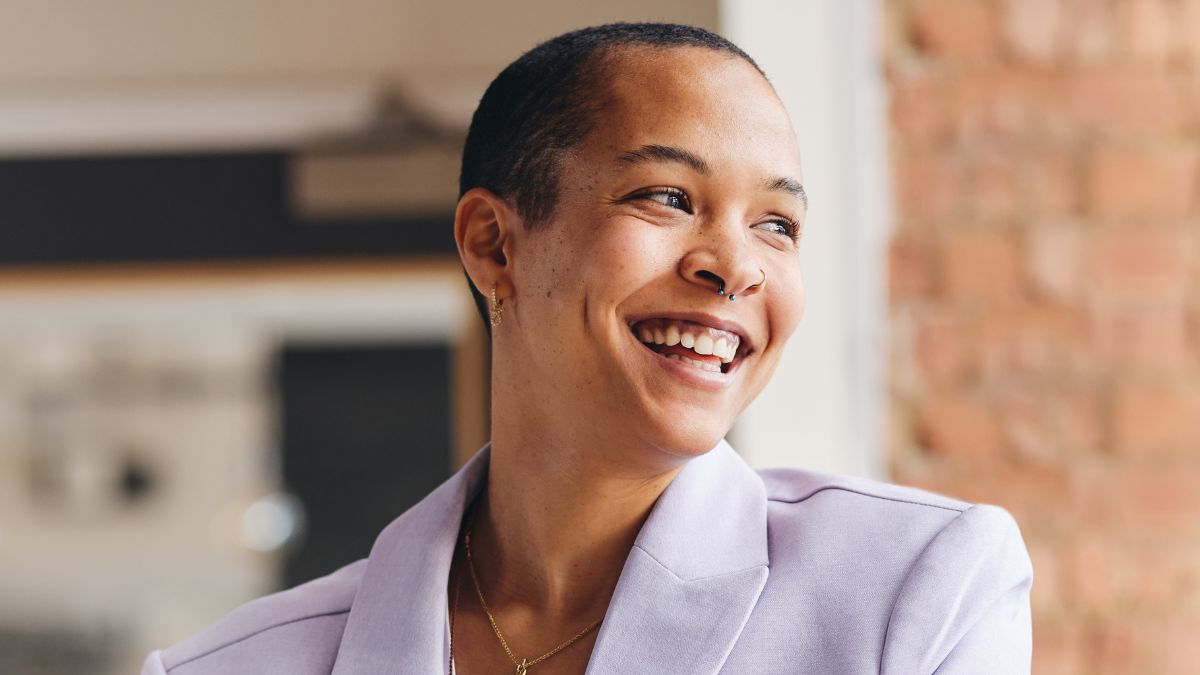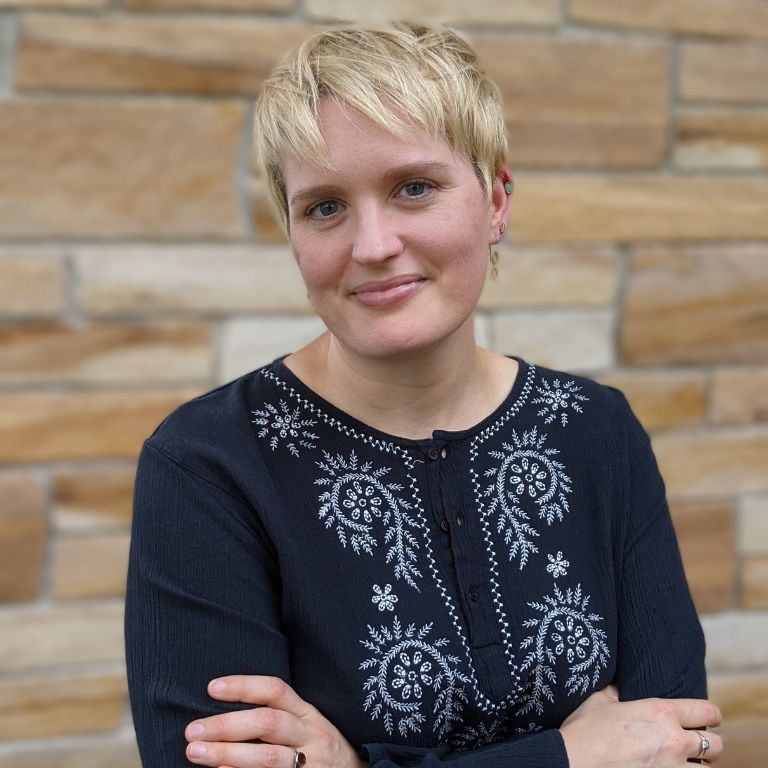Navigating breast cancer care as a queer individual
Understanding healthcare disparities: Tips for support and advocacy for the LGBTQIA+ community
- 04/09/24

It’s no secret that queer folks have an uneasy relationship with the medical system.
For centuries, the LGBTQIA+ community has faced hatred, discrimination, and being invalidated. So, when you add a medically complicated diagnosis like cancer, it can make a challenging situation even worse.
As a queer oncology social worker who has supported patients and families for over 15 years, I’ve had a front row seat to how scary the cancer world can be for queer folk. I’ve sat with many patients and caregivers who have shared stories of being victimized by the system at every level. These negative experiences take a toll on a person’s physical, mental and emotional well-being. Often it is the patient and their family who have to explain things to doctors who don’t understand them, deal with forms that don’t fit (because they are heteronormative and gender limiting), and face hurtful assumptions about relationships (how many times have you told them it’s your partner, not your “friend”).
Tips for queer folks and their loved ones
While there is quite a way to go in improving the system, there is help for queer folks impacted by cancer. If you are the patient or loved one, here are a few tips for getting through a cancer diagnosis with some genuine support:
- Create a safe support team. When your world is shaken to the core by a cancer diagnosis, you need to feel safe and secure. Rally your support team. Create an inner circle of people who you feel 100% safe having at medical appointments and knowing the intimate details of your physical and mental health. Then create an outer circle of support of people who you don’t feel completely comfortable with, but who can help with delegated tasks (like making meals, grocery shopping, walking your dog, etc.). You may be lucky enough to have co-workers, neighbors, and other acquaintances in your life who ask, “How can I help?” so have a list of specific tasks that you can give them that keeps them at a comfortable distance.
- Find people who see you. Even your best friends can’t understand what you are going through. That’s why it’s good to find other people going through cancer who can relate to your experience and feelings. A support group for LGBTQIA+ people with cancer can be a safe space to share your feelings and experiences. Check out some queer-friendly support resources at the National LGBT Cancer Network.
- Identify an advocate. If you’re a cancer patient, you need to save your energy for what matters most. Find someone in your life who can have your back – invite them to appointments so they can speak up for you and make sure you get the care you need.
Learn more about the Bright Spot Network.
Stay connected
Sign up to receive emotional support, medical insight, personal stories, and more, delivered to your inbox weekly.


